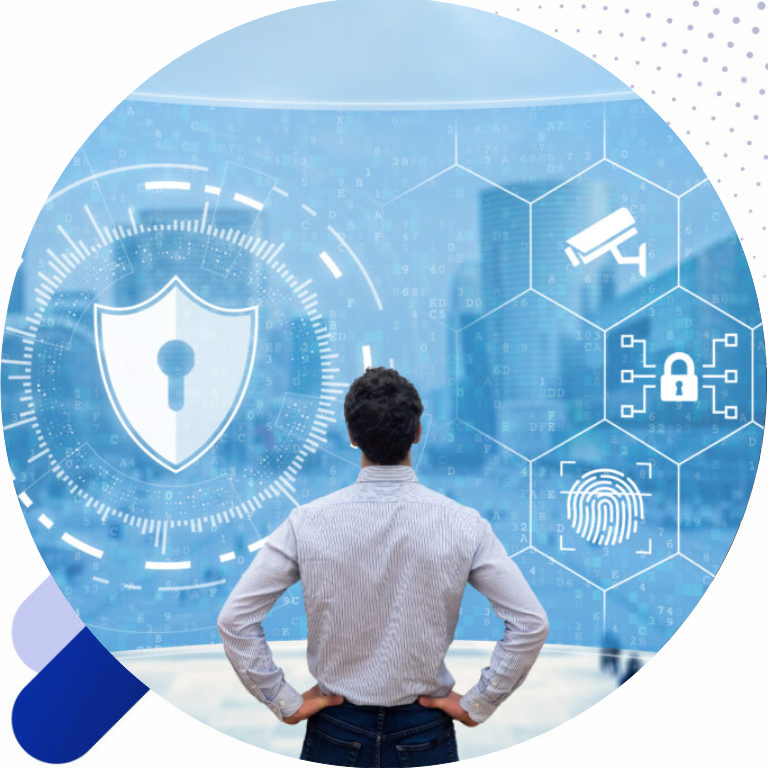What is Security Engineering?
Security engineering focuses on the design and implementation of systems that safeguard data and assets from unauthorized access or destruction. It encompasses a wide range of practices aimed at minimizing risks and vulnerabilities while ensuring compliance with various regulations and standards. Though often misconstrued as merely assembling firewalls or antivirus software, security engineering is, in fact, a multifaceted domain that integrates people, processes, and technology.

Understanding Security Engineering
In the digital age, where technologies evolve at lightning speed and cyber threats continually advance, security engineering emerges as a critical discipline. It is not just a foundation for safeguarding sensitive information and systems but also a vital component that underpins the trust and reliability of modern digital infrastructures. This blog post delves deep into security engineering, exploring its principles, methodologies, challenges, and future directions.
Core Principles of Security Engineering

At its core, security engineering operates under several foundational principles:
Defence in Depth: This principle involves layering various security measures to protect information and systems. Should one layer fail, subsequent layers will provide additional barriers against breaches.
Least Privilege: This involves granting users and systems the minimum level of access necessary to perform their tasks. By reducing the attack surface, organizations can mitigate potential threats.
Fail-Safe Defaults: Technological systems should be configured to be secure by default. This means that access should be denied unless explicitly granted, ensuring that misconfigurations do not inadvertently expose vulnerabilities.
Separation of Duties: This principle dictates that no single individual should have control over all aspects of a critical process. By dividing responsibilities among multiple individuals, organizations can limit the potential for wrongdoing.
Security by Design: Security must be integrated throughout the system development lifecycle, rather than being an afterthought. This includes conducting security assessments and audits during each stage of software development.
The Security Engineering Process
Security engineering is a systematic process that evolves through distinct phases:
Risk Assessment
This initial phase involves identifying and evaluating potential threats and vulnerabilities. Techniques like threat modeling and vulnerability assessments can help organizations anticipate risks associated with their systems.
Requirements Specification
After assessing risks, organizations draft security requirements. This step involves setting clear, concise, and measurable security objectives aligned with organizational goals.
System Design
In this phase, security engineers devise architectures that prioritize security. This includes selecting the appropriate technologies, protocols, and methodologies to meet the established requirements.
Implementation
Security measures are integrated into the system during the implementation phase. This can involve configuring systems, conducting code reviews, and installing security controls.
Testing and Validation
Security testing is crucial to ensure that the implemented measures successfully mitigate identified risks. This includes penetration testing, security audits, and compliance checks.
Maintenance and Monitoring
Security is an ongoing process, requiring continuous monitoring and updates to address emerging threats. Security engineers must ensure that systems are regularly patched, vulnerabilities are remediated, and incident response plans are tested and refined.
Challenges in Security Engineering
Rapid Technological Changes
The pace of innovation often outstrips the ability of security engineers to keep up, leading to potential vulnerabilities. Adapting to new technologies requires a proactive approach to security.
Increasing Sophistication of Cyber Threats
Cyber threats are continually advancing in sophistication and scale, making it essential for security engineers to stay informed about emerging trends and tactics.
Balancing Security and Usability
Often, security measures can introduce friction into user experiences. Designing solutions that maintain security while providing seamless usability remains a challenge for engineers.
The Future of Security Engineering
The landscape of security engineering is poised for transformative changes as new technologies, methodologies, and challenges emerge. Several key trends are likely to shape the future of this domain:
- Automated Security Tools: Tools that leverage artificial intelligence (AI) and machine learning (ML) will play an increasingly critical role in identifying and responding to threats in real-time.
- Cloud Security: With the growing adoption of cloud-based services, security engineering will need to evolve to address the unique challenges associated with protecting data and applications in the cloud environment.
- DevSecOps: Integrating security into the DevOps process is becoming essential. This paradigm shift emphasizes collaborative relationships between software developers, IT operations, and security teams to create a holistic approach to security.
- Zero Trust Architecture: This security model operates on the principle of never trusting any user or device by default. Rather than assuming trust based on location or network, zero trust demands verification at every access point.
- Enhanced Focus on Privacy and Ethics: As cybersecurity threats grow, so does the emphasis on protecting individual privacy and ensuring ethical practices. Security engineering will need to address these concerns, especially with increased scrutiny from regulators and the public.
Speak With Expert Engineers.
Contact us by filling in your details, and we’ll get back to you within 24 hours with more information on our next steps

Please fill out the contact form

Call Us
United Kingdom: +44 20 4574 9617

UK Offices
Business Address: 70 White Lion Street, London, N1 9PP
Registered Address: 251 Gray's Inn Road, London, WC1X 8QT
Schedule Appointment
We here to help you 24/7 with experts

